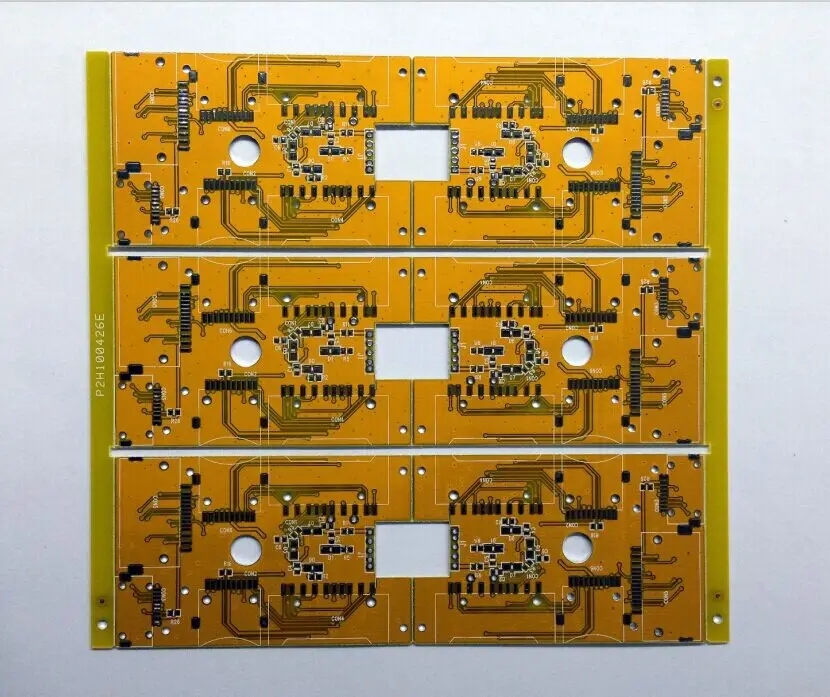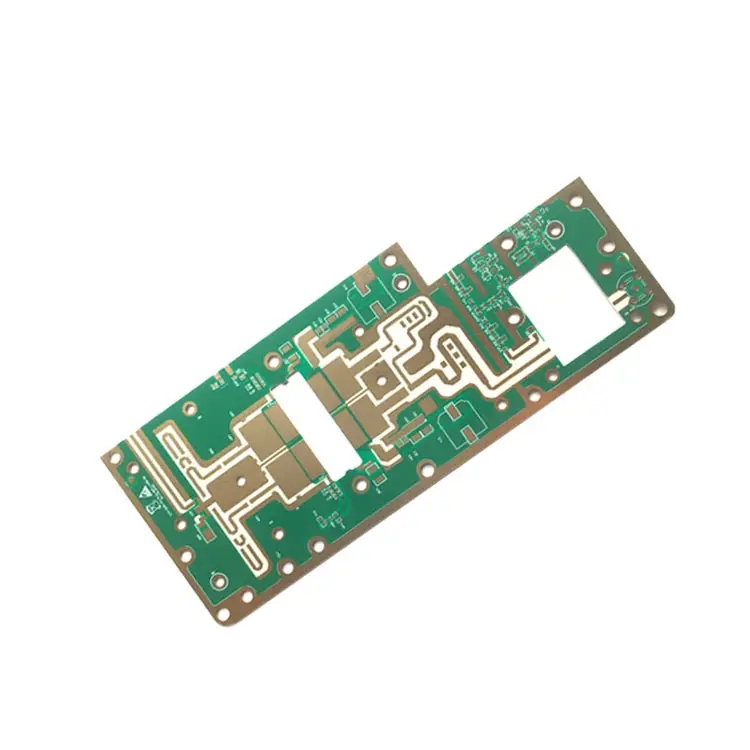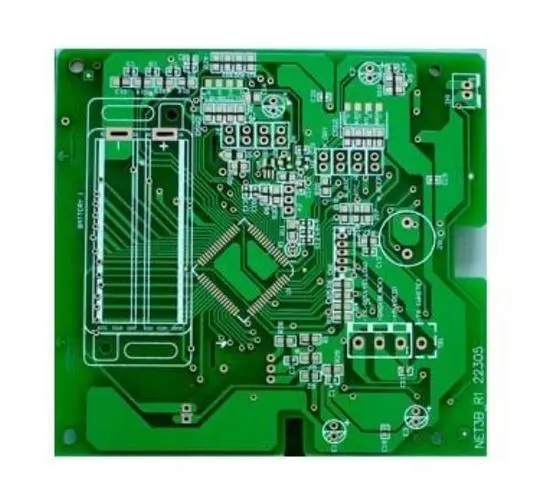
Detailed explanation of three special PCB wiring sharing and inspection methods
Before explaining the inspection work after PCB wiring, we will introduce the special wiring skills of three PCBs. The routing of PCB LAYOUT will be described from three aspects: right angle routing, differential routing and serpentine routing:
1、 Right angle routing (three aspects)
The influence of right angle routing on the signal is mainly reflected in three aspects: first, the corner can be equivalent to the capacitive load on the transmission line to slow down the rise time; Second, impedance discontinuity will cause signal reflection; The third is the EMI generated by the right angle tip. In the RF design field above 10GHz, these small right angles may become the focus of high-speed problems.
2、 Differential routing ("equal length, equal distance, reference plane")
What is Differential Signal? Generally speaking, the driver sends two equivalent and inverse signals, and the receiver judges whether the logic state is "0" or "1" by comparing the difference between the two voltages. The pair of wires carrying differential signals is called differential wiring. Compared with ordinary single ended signal routing, differential signal has the most obvious advantages in the following three aspects:
1) Strong anti-interference capability, because the coupling between the two differential lines is very good, when there is noise interference from the outside, it is almost coupled to the two lines at the same time, and the receiver only cares about the difference between the two signals, so the external common mode noise can be completely offset.
2) It can effectively suppress EMI. In the same way, since the polarities of the two signals are opposite, the electromagnetic fields radiated by them can cancel each other. The tighter the coupling, the less electromagnetic energy released to the outside world.

3) The timing positioning is accurate. Because the switch change of differential signal is located at the intersection of two signals, unlike ordinary single ended signals, which are judged by high and low threshold voltages, it is less affected by process and temperature, which can reduce the timing error, and is more suitable for circuits with low amplitude signals. The current popular LVDS (low voltage differential signaling) refers to this small amplitude differential signal technology.
3、 Serpentine (adjust delay)
Serpentine is a kind of routing method often used in Layout. Its main purpose is to adjust the delay and meet the requirements of system timing design. The two most critical parameters are the parallel coupling length (Lp) and coupling distance (S). It is obvious that when signals are transmitted on the serpentine route, the parallel line segments will be coupled in the form of differential mode. The smaller the S, the greater the Lp, and the greater the coupling degree. It may reduce the transmission delay and greatly reduce the signal quality due to crosstalk. Its mechanism can refer to the analysis of common mode and differential mode crosstalk. Here are some suggestions for Layout engineers when dealing with serpentine lines:
1) The distance (S) of parallel line segments shall be increased as much as possible, which shall be at least greater than 3H. H refers to the distance from the signal route to the reference plane. Generally speaking, it is to route around a big bend. As long as S is big enough, it can almost completely avoid mutual coupling effects.
2) Reduce the coupling length Lp. When the twice Lp delay is close to or exceeds the signal rise time, the crosstalk generated will reach saturation.
3) The signal transmission delay caused by serpentine line of strip line or embedded micro strip is less than that caused by micro strip. In theory, the stripline will not affect the transmission rate due to differential mode crosstalk.
4) For high-speed signal lines and signal lines with strict timing requirements, try not to take serpentine lines, especially in small areas.
5) The serpentine routing at any angle can be used frequently, which can effectively reduce mutual coupling.
6) In the design of high-speed PCB, the serpentine line has no so-called filtering or anti-interference ability, and it can only reduce the signal quality, so it is only used for timing matching and has no other purpose.
7) Sometimes the spiral routing can be considered for winding, and the simulation shows that its effect is better than the normal serpentine routing.
PCB manufacturers, PCB designers and PCBA manufacturers will explain three special PCB wiring sharing and inspection methods.






